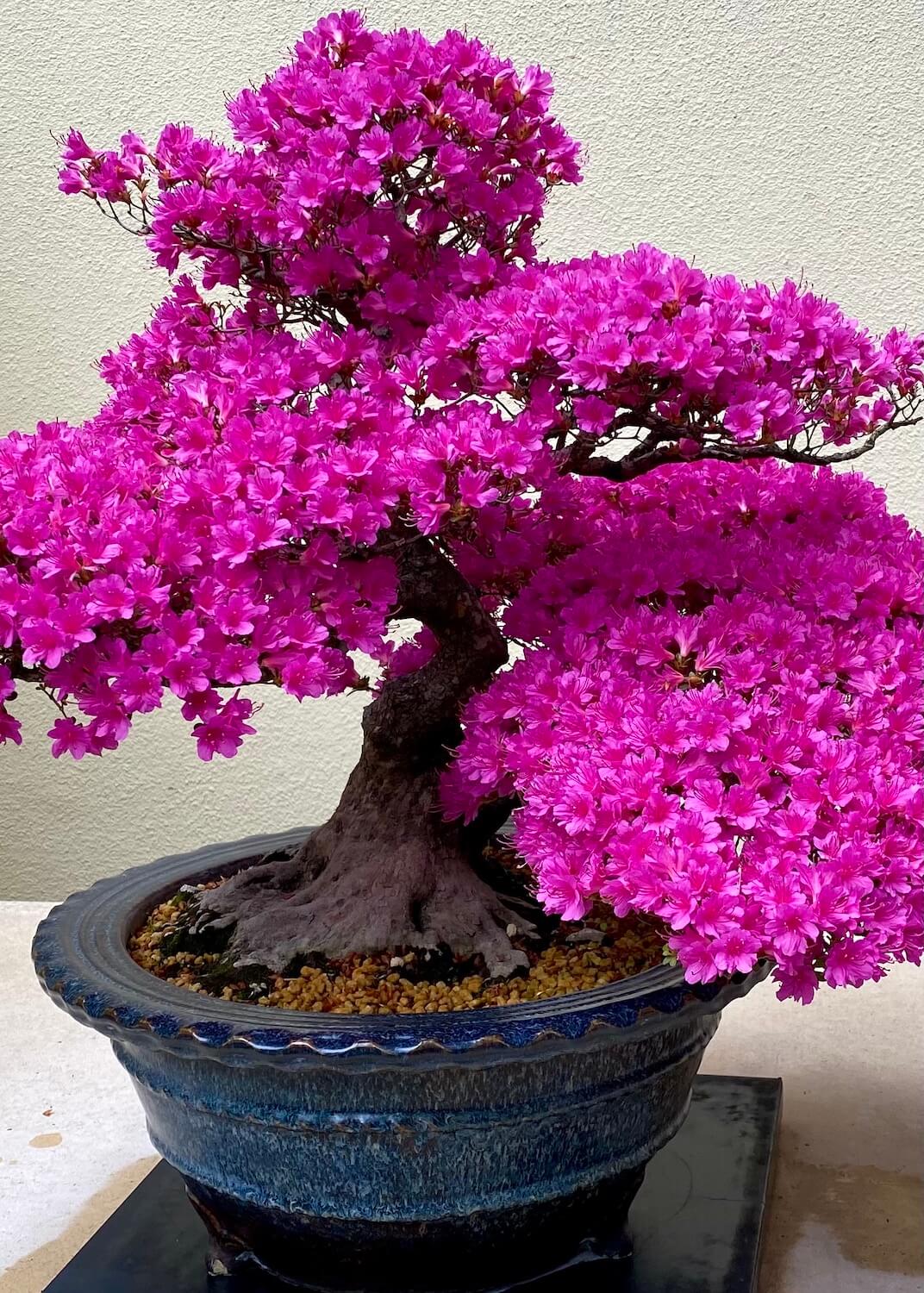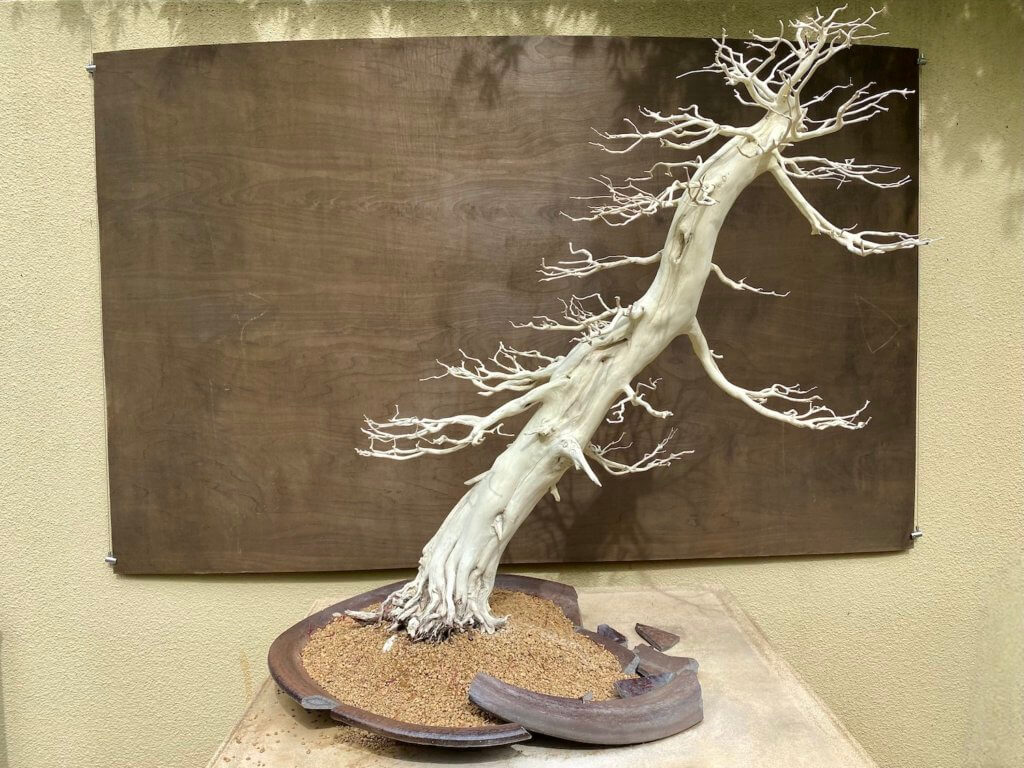
On this Mother’s Day, among many things, I’m thankful to my mom, Maureen Kessi, for inspiring the love of nature and gardening within me — a gift that continues to provide peace, comfort, and balance in my life. In fact, we’ve spent many Mother’s Day outings together touring local gardens and exploring flowers, ferns, and mushrooms, amongst all other organic beings.
Since then, I’ve traveled so far and wide that I often overlooked, or took for granted, places in my “backyard.” I’m thankful to the pandemic for reinvigorating a botanical wanderlust into me just as my mom did many years ago. In the thick of lockdown, I could still take walks in my neighborhood, masked up, and discover new nooks and crannies amongst the brilliant colors and textures of Spring bursting onto the scene.
Although I have my eyes set on some lofty travel goals — mostly in further reaches of my Pacific Northwest home — I want to remain committed to exploring new places in the Seattle area regularly too. On a recent return drive from Tacoma, Washington (where I got my second Moderna vaccine shot) the Rhododendron Species Botanical Garden sign caught my eye. I love botanical gardens and didn’t know anything about this one… yet.
Jumping off the congested road was an easy enough decision and I wound through serene wooded roadways to the parking area. The garden hosts the most varieties of rhododendron species in the world — many of which were in glorious bloom. The experience is worth the $8 entrance fee for sure, and I’ll be back to take more time perusing the expansive tables of unusual nursery plants for sale.
But to my surprise, adjacent to the entrance to the garden, I found an intriguing series of placards beckoning me to visit the Pacific Bonsai Garden. The understated outdoor space offers a collection of 60 twisted trunks of various species — ranging from miniature Japanese maple to white pine. Each intricate tree is carefully maintained, keeping connected to the ancient Japanese traditions of Bonsai as an art form, meditation and work symbolic to the weaves and bends of human interaction with nature.
The current exhibit is titled “World War Bonsai” and although the stories of the war years require taking a step back to absorb the atrocities of the past, this poignant museum doesn’t push an agenda. More, it asks visitors to reflect on ways to bring balance into daily lives, including caring for those that are different than us.
It felt like each tree had a soul — some cranky, almost saying “don’t look at me,” while others practically demanded I touch the gnarly bark (I didn’t reach out to any of them). But the most emotional and inspiring part of the exhibit were the stories attached to each tree, lovingly cared for by Bonsai masters and commoners alike. Some of the trees were over one hundred years old and cultivated during a darker period of life for Japanese-American citizens — when many families were forced into internment camps, mostly in unfamiliar desert-like locations.
Then there was the tree donated by the estate of Ben Yaro, who was a schoolboy in Hiroshima in the 1940’s. He skipped class one day to go fishing and found himself well out of the annihilation zone of the nuclear bomb dropped that day. He went on to train with a famous Bonsai master and traveled the world working to bring back the intricate craft.
I met a gardener trimming the leaves of Ben’s tree, carefully nipping off the third leaf emerging from each clump. Barely larger than a fingernail, these specks of green seemed delighted to be part of this artwork — keeping the dream of balance in check.
At the end of the exhibit is a circular vestibule with the type of raked gravel you’d see in a zen garden. The ground gets scuffed around every day by visitors but the friendly staff keep grooming back the narrow flowing lines. Atop a round centerpiece is a large sign written in black letters against beige stucco that reads, “What kind of ancestors do we want to be?”
As the tiny pieces of rock crunch under my feet, I reflect that I want to be the kind of ancestor that continues to explore thoughts, feelings, history and new ways to invite balance into my life and the world.
I’m thankful I was looking at the sign to take a diversion one fine Spring day in Federal Way, and I ask you the same question, “What kind of ancestors do we want to be?”
Happy Mother’s Day to the most important ancestors out there!

